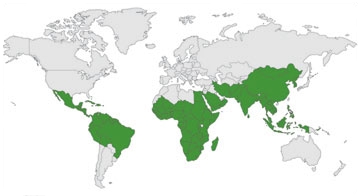- Joined
- Dec 31, 2017
- Messages
- 3,131
Looks like a superfood tree!
http://www.askaprepper.com/the-tree...ackyard/?utm_source=newsletter&utm_medium=AAP
Excerpt: "Moringa is a tree that loves arid conditions, and many countries with such climates have been utilizing it for centuries, with great success.
It has over 90 nutrients, including 8 essential amino acids that our bodies need but cannot produce on their own."
http://www.askaprepper.com/the-tree...ackyard/?utm_source=newsletter&utm_medium=AAP
Excerpt: "Moringa is a tree that loves arid conditions, and many countries with such climates have been utilizing it for centuries, with great success.
It has over 90 nutrients, including 8 essential amino acids that our bodies need but cannot produce on their own."



